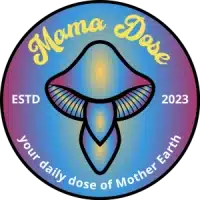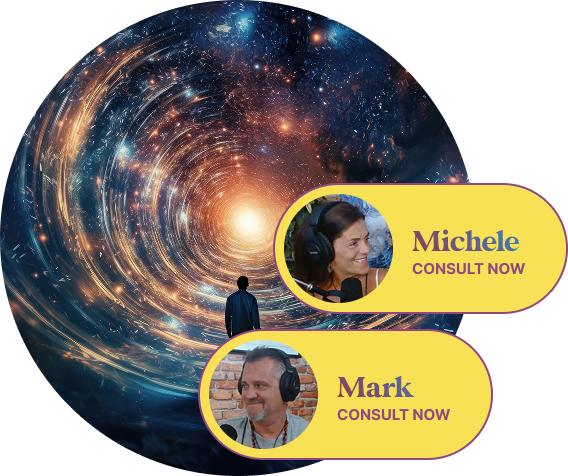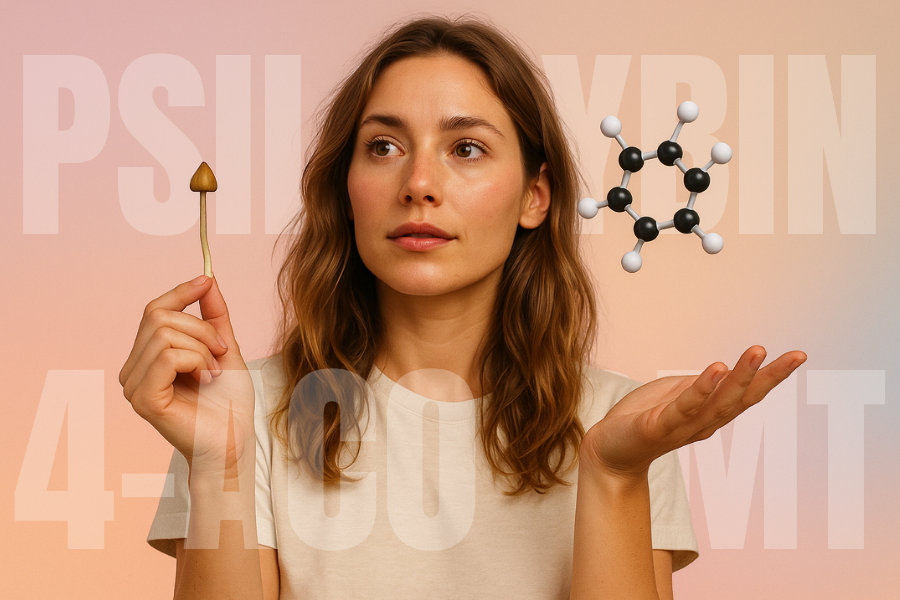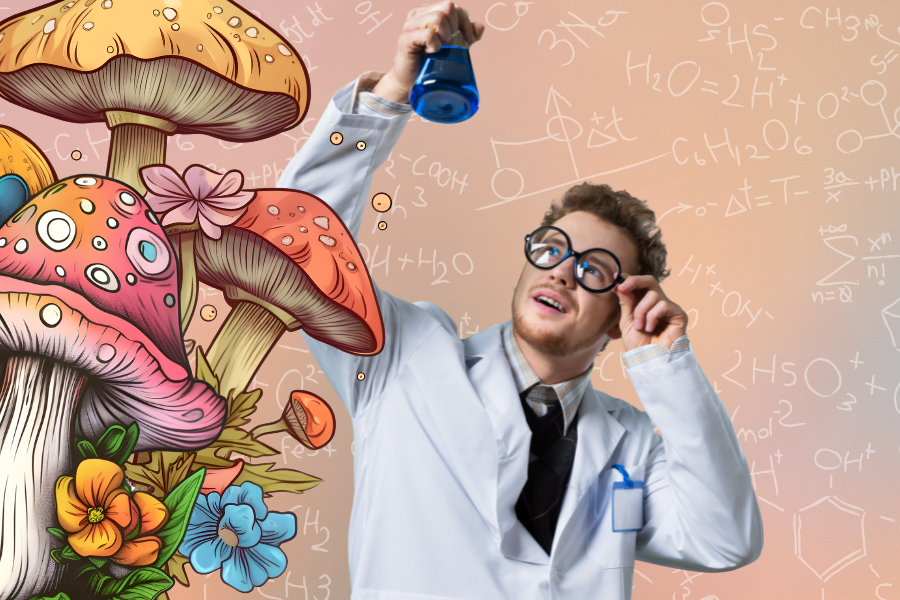

Table of Contents
Toggle
When talking about psilocybin vs 4-AcO-DMT, a lot of things come to one’s mind. Nature and the lab have always had a complicated relationship, especially when it comes to psychedelics. On one side, there’s psilocybin, the age-old compound tucked inside the fruiting bodies of magic mushrooms, carrying centuries of Indigenous use and a reputation for earth-bound visions. On the other, 4-AcO-DMT, a lab-synthesized molecule that some call “synthetic psilocybin,” promising a similar journey but born of beakers and precision rather than soil and spores. Both can open the doors of perception, yet the paths they take to get there, and the textures of those experiences, can feel worlds apart.
Psilocybin is a naturally occurring tryptamine alkaloid found in over 200 species of mushrooms, commonly known as “magic mushrooms.” These include genera like Psilocybe, Panaeolus, and Gymnopilus, which grow in subtropical and tropical regions worldwide, often in humus-rich soils. Psilocybin content varies by species, up to 1.78% in Psilocybe azurescens or 0.98% in Psilocybe semilanceata, but it’s stable in dried mushrooms and has been part of human history for millennia.
Once ingested, psilocybin acts as a prodrug, converting to psilocin in the body through dephosphorylation. Psilocin binds to serotonin receptors, particularly 5-HT2A, leading to psychedelic effects. This natural process has roots in ancient rituals, with evidence from cave paintings in Algeria and Spain dating back 9,000–7,000 BC suggesting early use in spiritual ceremonies. In Mesoamerica, the Aztecs called these mushrooms “teonanácatl” or “divine mushroom,” using them for healing and divination. Psilocybin’s natural origin ties it to ecosystems and traditional knowledge, making it a holistic option for those preferring plant-based substances over lab-synthesized ones.
4-AcO-DMT, also known as O-acetylpsilocin or psilacetin, is a semi-synthetic tryptamine created in laboratories. First synthesized in 1963 by Albert Hofmann and Franz Troxler at Sandoz Ltd., it was patented as part of research into psilocin analogs but not initially explored for psychoactive effects. Unlike psilocybin, 4-AcO-DMT doesn’t occur in nature—it’s produced by acetylating psilocin under specific chemical conditions, making it easier and cheaper to manufacture than natural psilocybin.
As a prodrug, 4-AcO-DMT breaks down into psilocin in the body, similar to psilocybin. However, its synthetic nature means it lacks the complex cocktail of compounds found in mushrooms, such as baeocystin and norbaeocystin, which contribute to the full psychedelic experience. It gained popularity in the 2010s as a research chemical and appeared in edibles marketed as “synthetic shrooms,” though it’s not identical to natural mushrooms.
The key distinction: Psilocybin is harvested from the earth, while 4-AcO-DMT requires chemical synthesis, raising questions about purity and long-term impacts.
At a molecular level, psilocybin (4-phosphoryloxy-N,N-dimethyltryptamine) and 4-AcO-DMT (4-acetoxy-N,N-dimethyltryptamine) are structurally similar, both converting to psilocin. However, psilocybin features a phosphate ester, while 4-AcO-DMT has an acetate ester, making it more stable and easier to synthesize.
| Aspect | Psilocybin (Natural) | 4-AcO-DMT (Synthetic) |
|---|---|---|
| Source | Mushrooms (e.g., Psilocybe species) | Lab synthesis from psilocin |
| Chemical Group | Phosphate ester | Acetate ester |
| Stability | Less stable in fresh form | More resistant to oxidation |
| Bioavailability | Converts to psilocin via enzymes | Rapid deacetylation to psilocin |
| Additional Compounds | Includes baeocystin, norpsilocin | Pure compound, no natural analogs |
This table highlights how psilocybin’s natural complexity may provide a more balanced experience, while 4-AcO-DMT’s purity could lead to variability in effects.
Both compounds produce psychedelic effects by activating serotonin receptors, leading to altered perception, euphoria, and introspection. Psilocybin trips last 4–6 hours, with onset in 20–50 minutes, often including vivid visuals, emotional release, and a sense of connectedness. Users describe it as “earthy” or “organic,” with potential for profound spiritual insights.
4-AcO-DMT mimics this but is often reported as “cleaner” or more “electric,” with less nausea and a shorter duration (around 4–7 hours). At higher doses, it may resemble DMT, with intense visuals and a digital feel. However, some find it less mystical and more synthetic-feeling, lacking the depth of mushroom experiences.
The natural entourage effect in psilocybin mushrooms may make experiences feel more grounded and transformative compared to the isolated synthetic compound.

Psilocybin has a strong safety profile, with no recorded fatal overdoses and low toxicity. Side effects include mild nausea, temporary anxiety, or emotional surges, but these are manageable in supportive settings. It’s non-addictive, with tolerance building quickly.
4-AcO-DMT is assumed similar in safety due to its conversion to psilocin, but limited research means unknowns. Reports note chest pressure, confusion, or headaches, and edibles containing it have caused poisonings due to impurities. Synthetic production risks contaminants, unlike naturally grown mushrooms.
| Safety Aspect | Psilocybin | 4-AcO-DMT |
|---|---|---|
| Toxicity | Very low; no fatal overdoses | Assumed low, but unstudied long-term |
| Common Side Effects | Nausea, anxiety | Confusion, dissociation, less nausea |
| Addiction Potential | None | None, but synthetic purity concerns |
| Overdose Risk | Minimal | Low, but higher unpredictability |
This table represent’s safety aspect of Psilocybin vs 4-AcO-DMT.
Psilocybin has extensive clinical research, showing promise for depression, anxiety, addiction, and cluster headaches. FDA breakthrough status in 2018 highlights its potential, with studies confirming rapid antidepressant effects.
4-AcO-DMT has minimal research, mainly animal studies showing lower psilocin exposure than psilocybin. It’s proposed as a research alternative but lacks human trials. Anecdotes suggest benefits for mood and creativity, but evidence is anecdotal.
Legality
Psilocybin is Schedule I in most countries, illegal federally in the U.S., but decriminalized in places like Denver and Oregon. Therapeutic use is approved in Australia for depression. On the other hand, 4-AcO-DMT exists in a gray area, not explicitly scheduled internationally but prosecutable under analog laws in the U.S. It’s banned in some countries like Australia. Natural psilocybin’s push for decriminalization reflects growing acceptance of plant medicines.
When lining up psilocybin vs 4-AcO-DMT, the natural compound carries a distinct presence. Its effects ripple through the mind and body in ways that feel whole, not engineered, backed by decades of research and centuries of cultural use. 4-AcO-DMT, a lab-born alternative, can mimic some of these experiences and might come with fewer immediate side effects. For those drawn to tradition, authenticity, and a grounded sense of exploration, psilocybin from magic mushrooms offers a pathway that is both safe and time-tested.
Invite your friends and earn a discount on your next purchase. Your friend also earns a discount! Get started now, by sharing your referral link with your friends.
This item is currently out of stock!
By adding it to your cart, you confirm a backorder purchase, and we will ship it as soon as it becomes available.